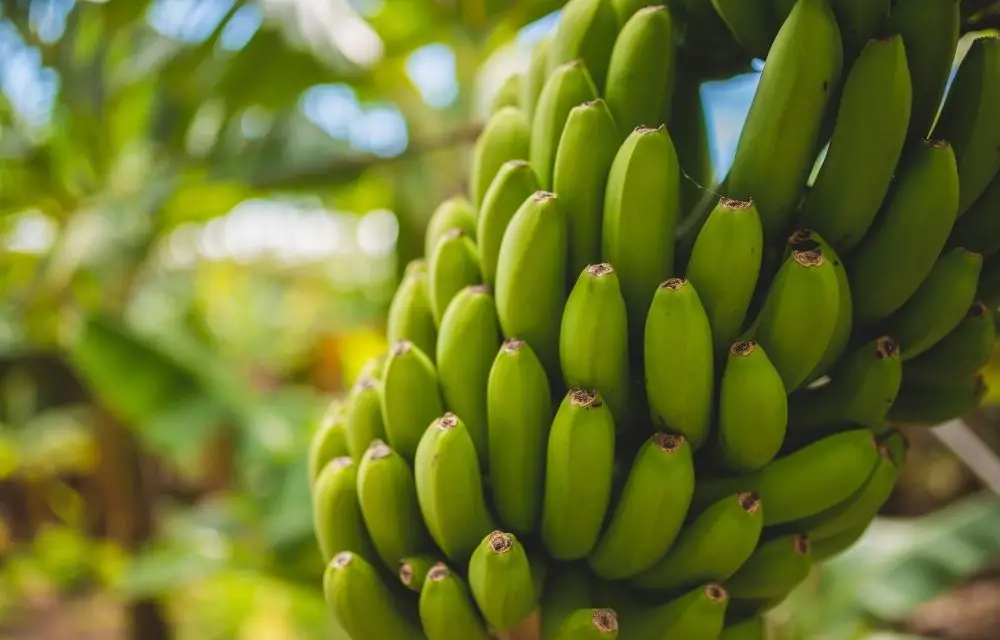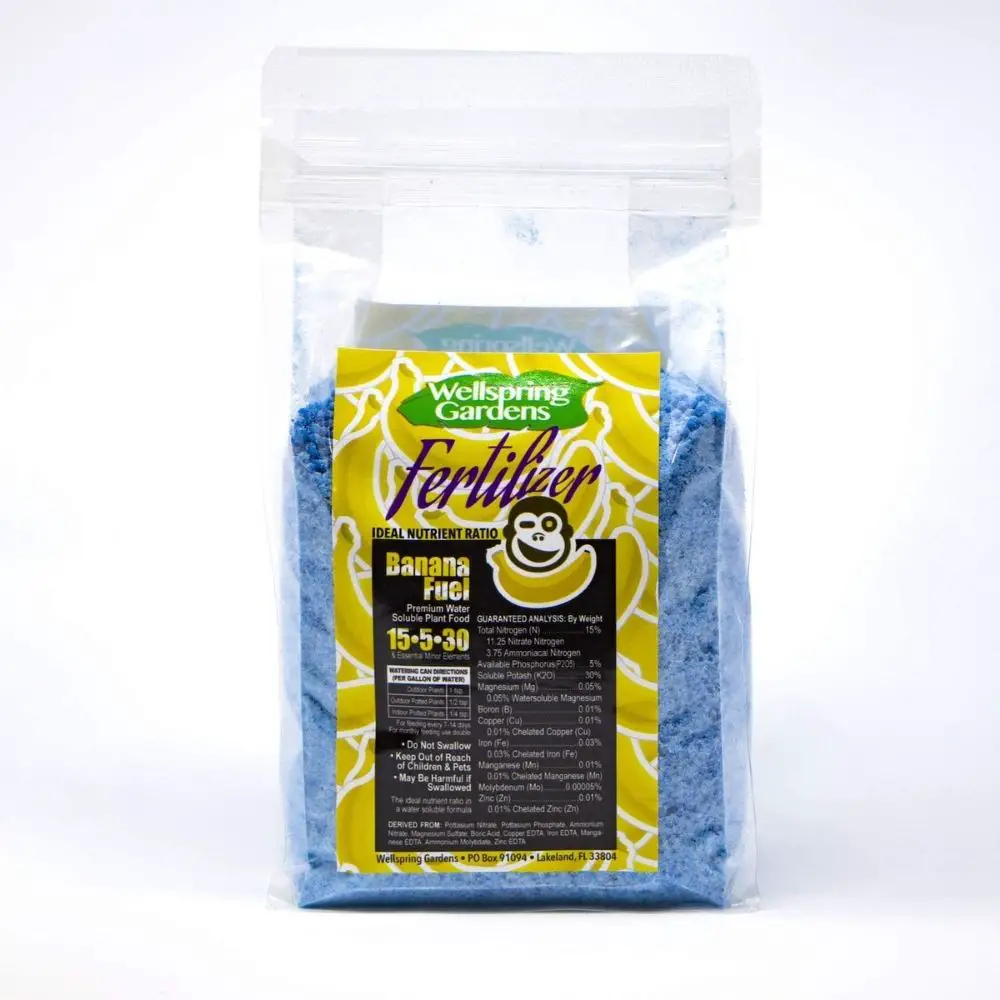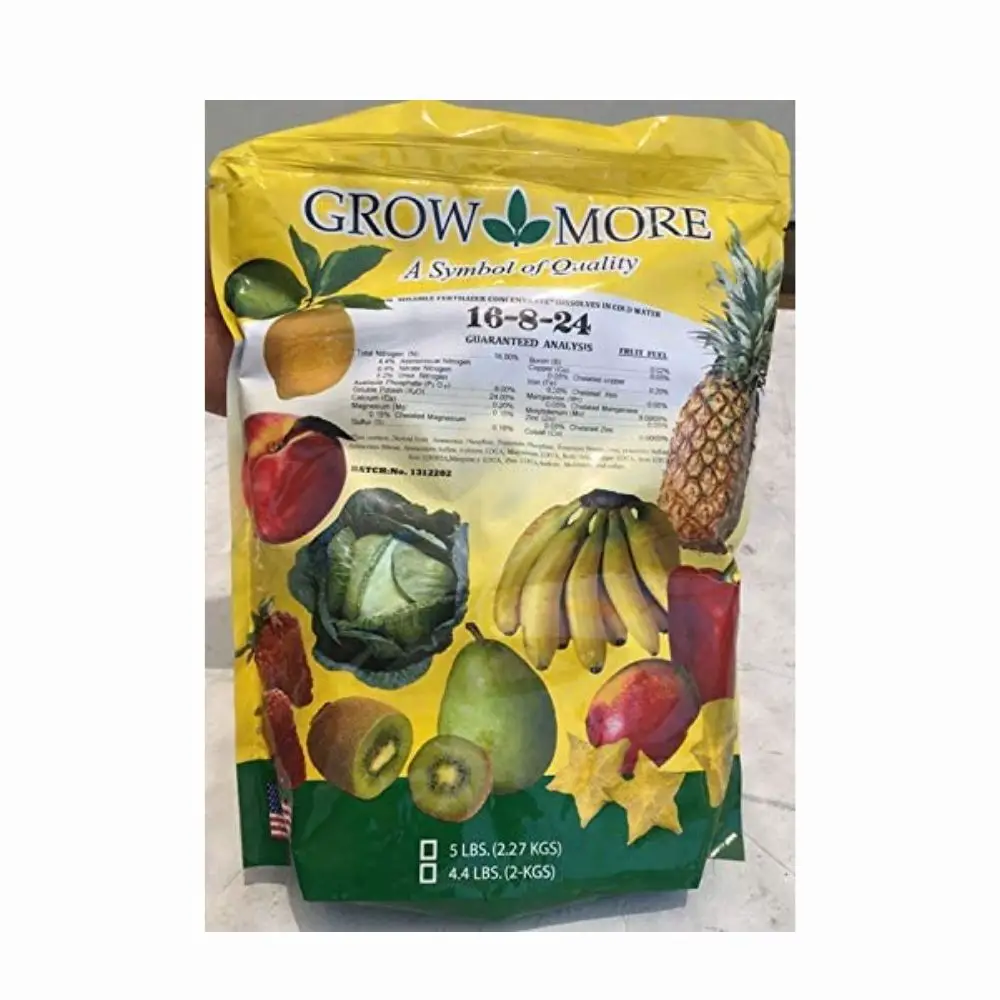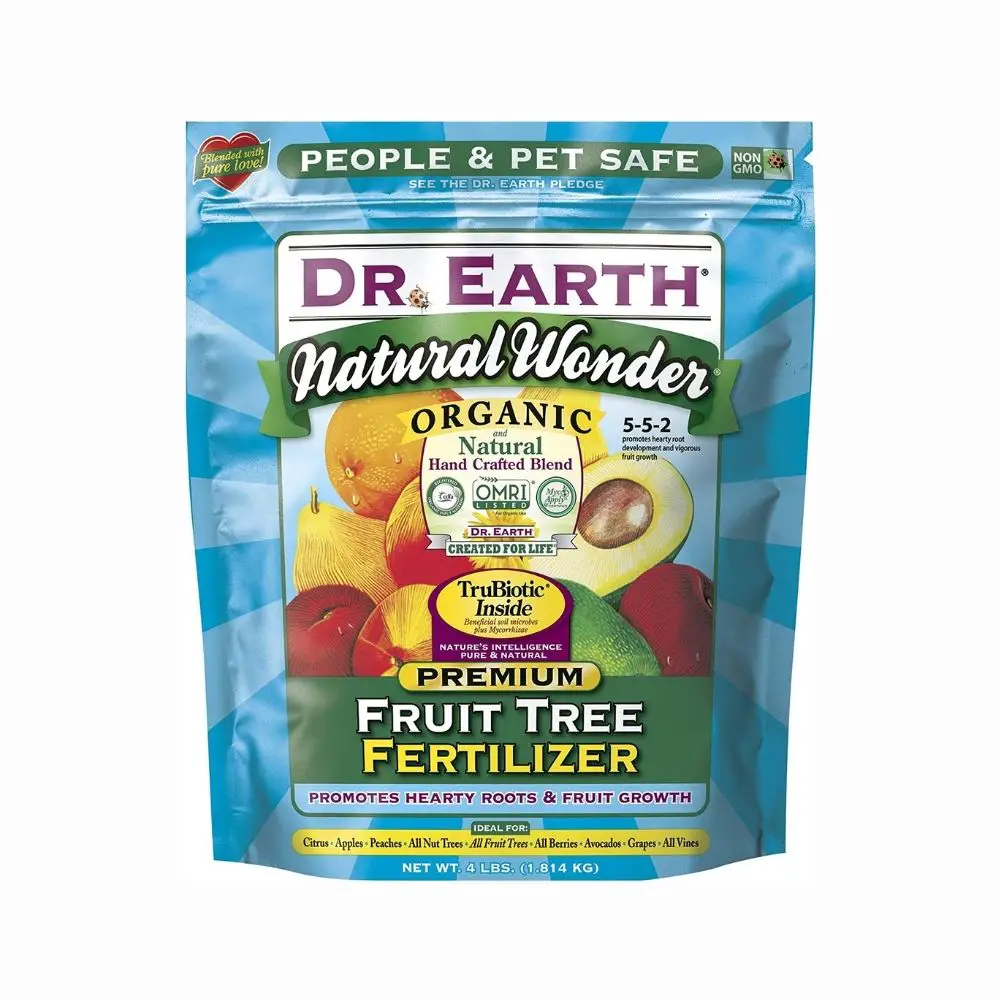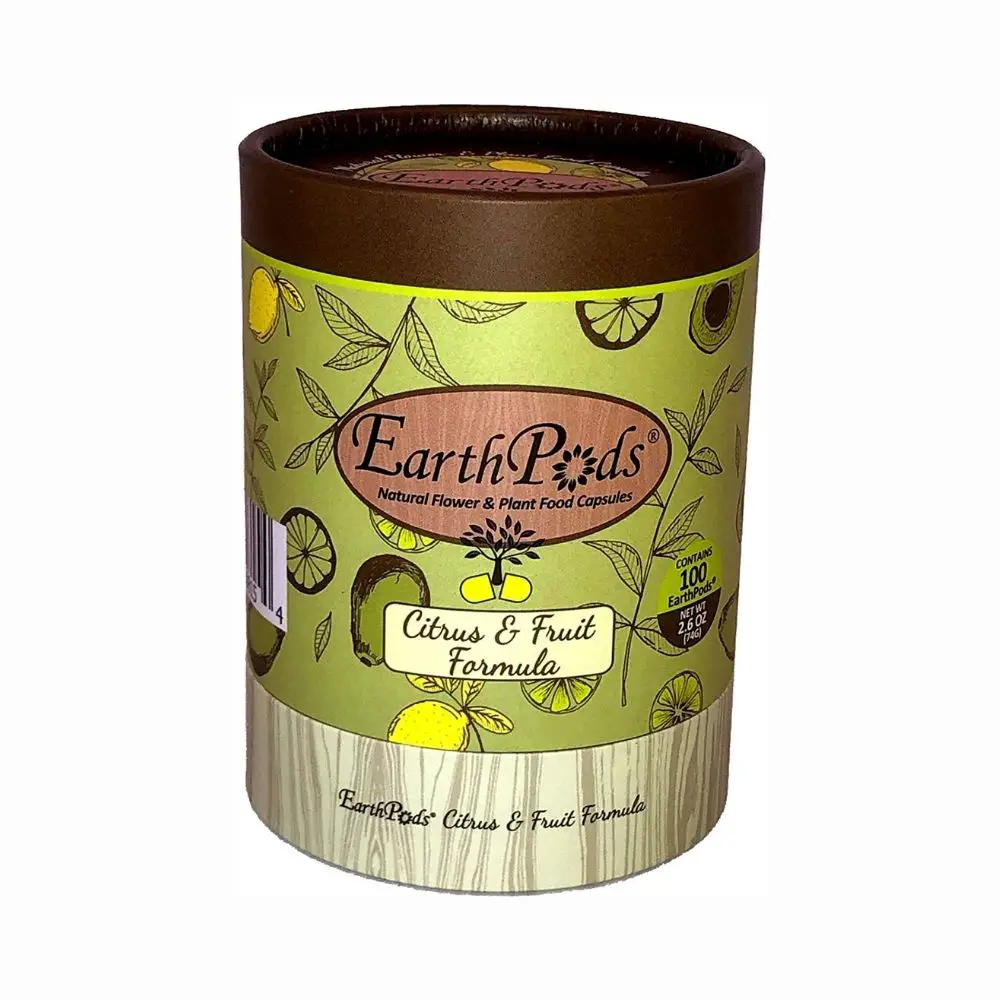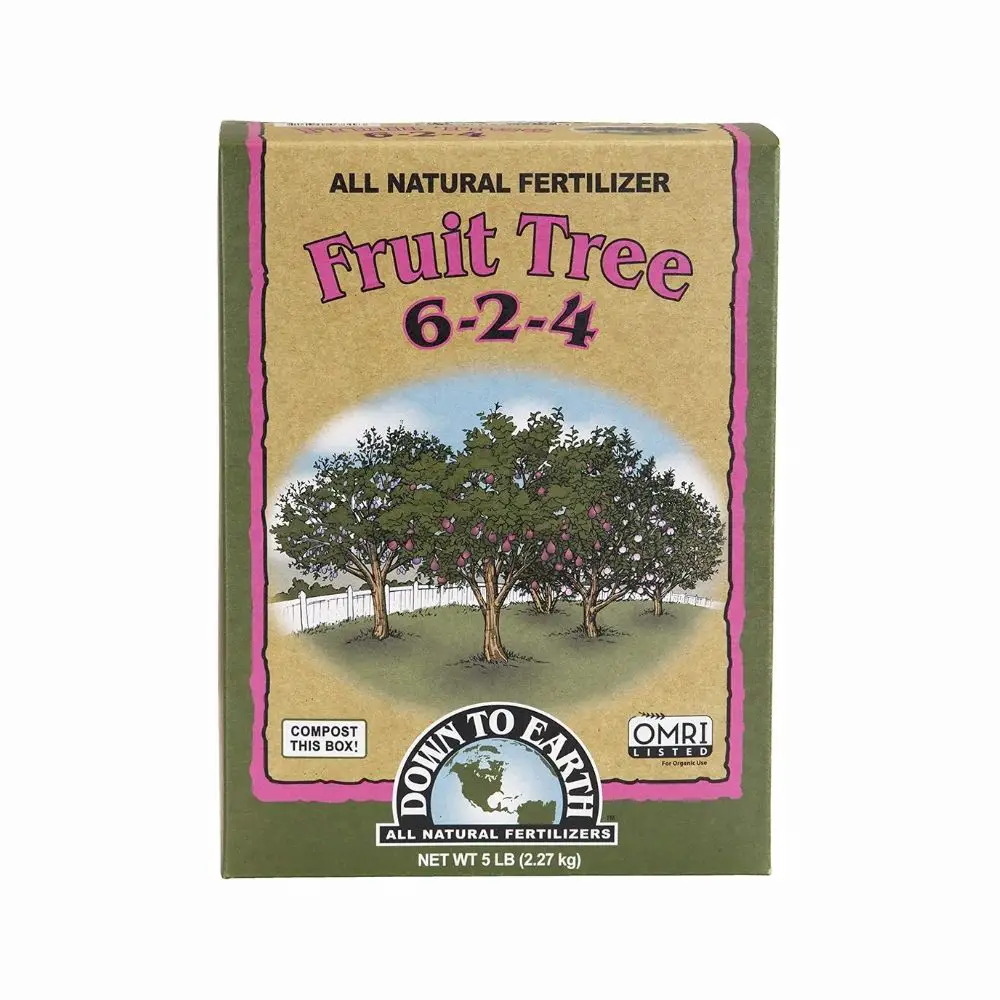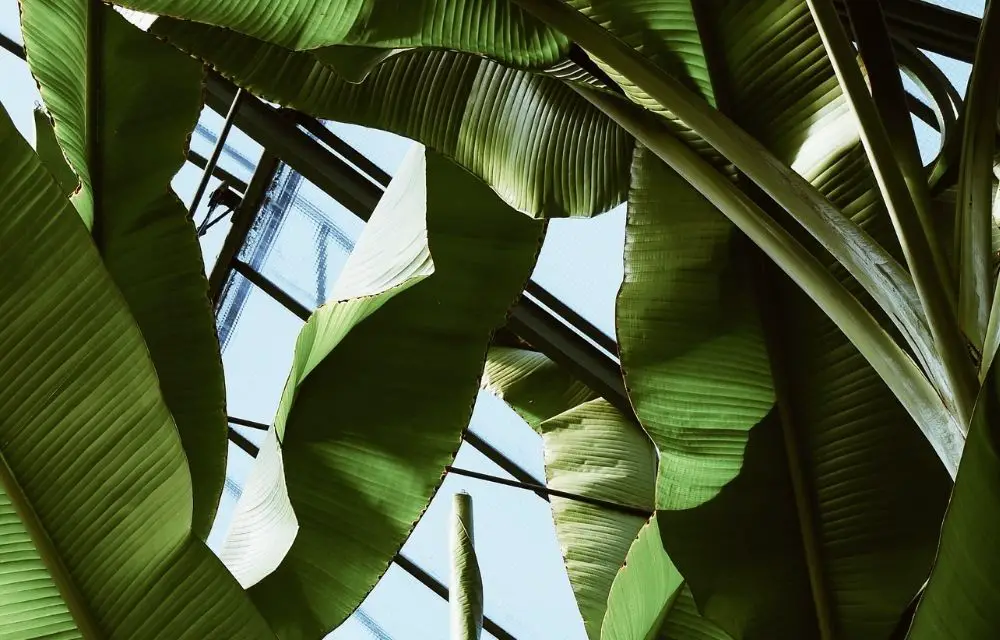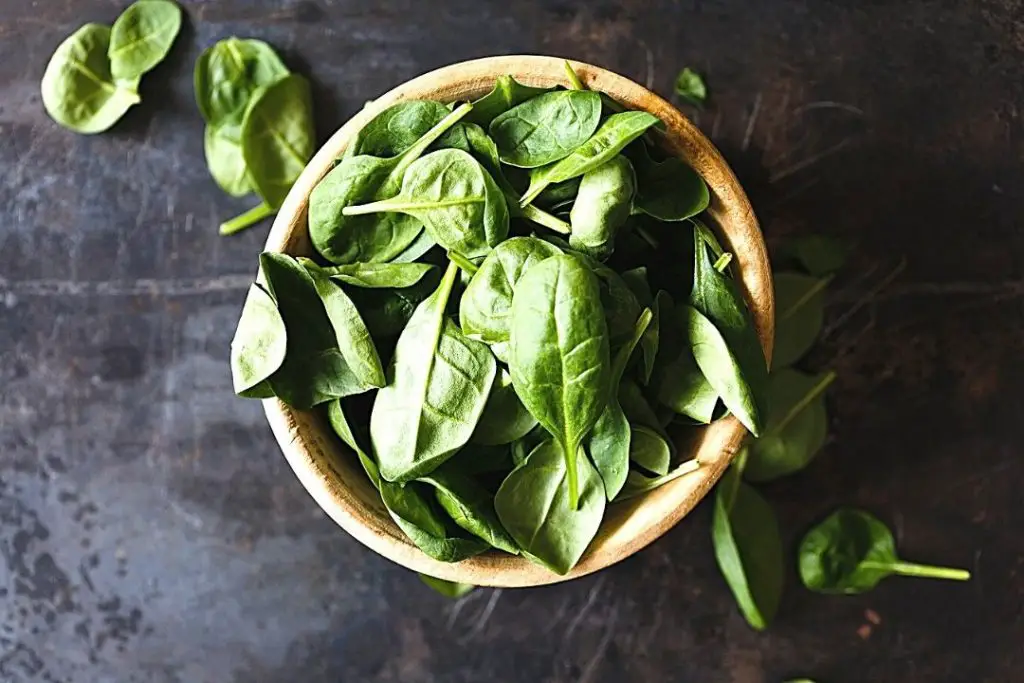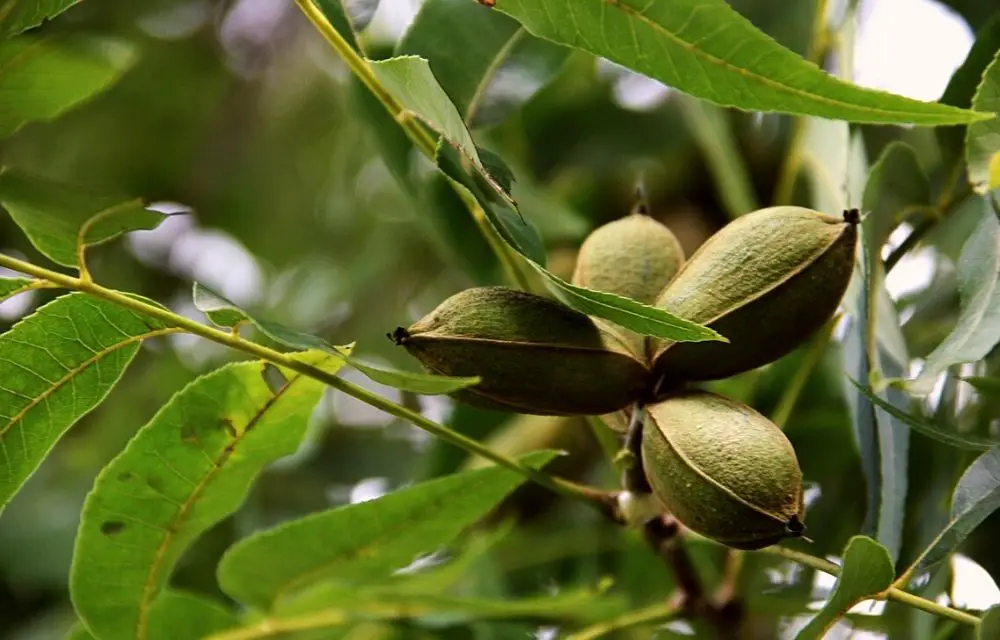Bananas are well-known tropical fruits that many people enjoy by themselves or in sweet and savoury varieties, but what if one were to venture the question of how to plant a banana plant or which would be the best banana tree fertilizer?
Well, you’re in luck because I’ve compiled the research and listed them out right here for you to be able to do it yourself! Thank me later and keep on reading.
Bananas grow well when they are well-fed with nutrients. They require a good amount of nitrogen, phosphorus and potassium to thrive. These plant food for banana trees.
And if you’re looking into making a homemade fertilizer for banana trees, these would be some amongst other ingredients that you ought to have in it. As always you may choose to use either a chemical fertilizer for banana trees or even organic composted manure as well.
This article will cover all that you would need to know about a banana plant fertilizer, how to care for a banana plant, and also several carefully picked recommendations on the best banana tree fertilizer out there today!
But before we go any further, here’s a fun fact and a joke:
Banana trees are actually plants. Botanically speaking, none of the parts of a banana plant actually become woody like trees. It is simply a giant herbaceous plant. That’s right. It’s a banana plant. And for the joke that I will be answering at the end of this article.
Why did the banana go to see the doctor?
Stick with me as we go through a list of the best banana fertilizers available to you today and the methods you could employ to grow a healthy banana plant. I promise it’s worth it!
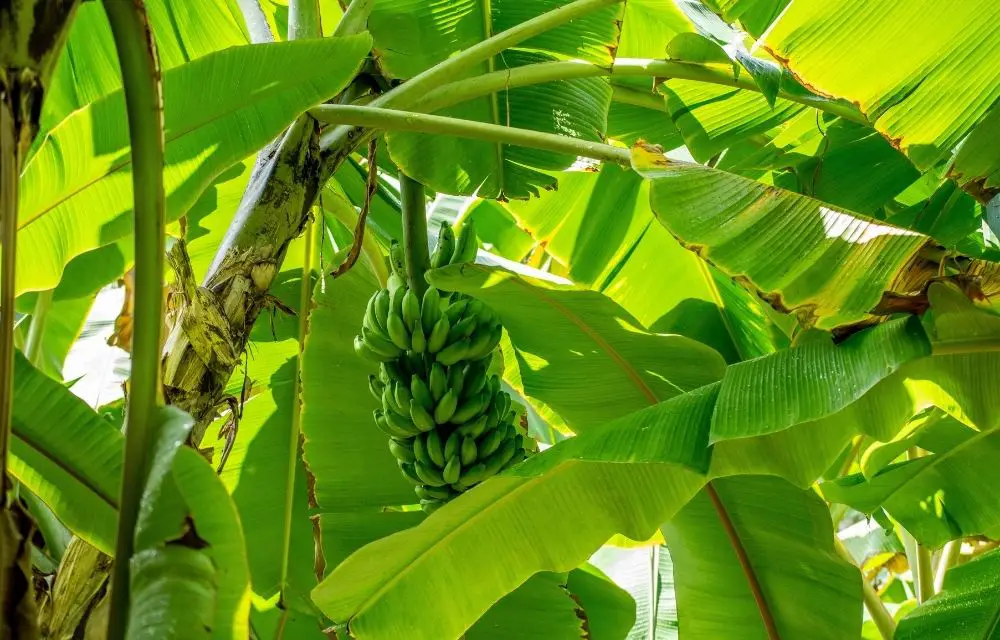
Types of Fertilizers for Banana Tree
Bananas are heavy feeders and that could probably be why the banana fruit is so satiating as well. Much like how the fruit is a rich supply of potassium, banana plants require potassium to feed on as well. Apart from that bananas thrive well with an adequate feed of nitrogen and phosphorus.
A traditional 8-10-8 fertilizer could work as they have high levels of nitrogen, phosphorus and potassium. One of the leading causes of unhealthy banana plant growth is nitrogen and potassium deficiencies. You may also opt to use liquid banana tree fertilizer or granular banana tree fertilizer for your banana plants.
Also, remember that when you choose to fertilize your banana plant has great effects on the quality of yield. So stay with me to find out more!
With a well-balanced concoction of nutrients, a high-quality banana tree fertilizer can aid your banana plants in growing delicious fruits and also having bigger yields. The most important nutrients to look for are zinc, nitrogen, phosphorus and potassium, but do not forget about natural fertilizers as well. Let’s get into that, shall we?
Zinc
Banana plants often suffer from zinc deficiency when they are first grown in zinc-deficient soils. When this happens, it can be seen that the leaves are narrow and tapered-down while the fruit would have a bunch top crown. Zinc deficiencies could also affect the leaves to become yellow with green stripes.
Banana plants with severe zinc deficiencies could even cause its’ young leaves to be comparably small and elongated while having heavily-reduced fruit production.
Following irrigation, a sufficient amount of zinc sulphate should be used to supply the plant.
Nitrogen
Another article coined nitrogen as the chief promoter of growth and it is no surprise why. Nitrogen promotes the growth of the banana plant’s pseudostem and leaves. This contributes to the banana plant’s healthy green hue and firm structure.
This nutrient directly affects the number of leaves produced and the time it would take the leaf to unfold as well. Healthier leaves mean higher yield quality so keep that in mind.
In cases of nitrogen deficiencies, you may be able to observe the plant closely to see how its leaves would change colours to pale green while the midrib and leaf sheath would show hues of red and pink. Apart from appearing that way, the banana plant would also see a noticeable delay in the time taken for its leaves to emerge.
On the other hand, be sure to not overfeed your banana plant as excessive amounts of nitrogen could cause the growth of smaller bunches with fingers that do not fill out evenly. This directly affects the quality of fruits.
Phosphorus and Potassium
Phosphorus is the nutrient responsible for producing a banana plant with a healthy and firm rhizome with strong roots. The nutrient is also said to affect the structure of flowers and vegetative growth.
This nutrient is a necessity to the banana plant especially during the plant’s crop cycle which falls in between 3 to 9 months post-planting. During the flowering and fruiting stages of the plant, a lot of phosphorus is lost as they are then redistributed to the sucker.
A lack of phosphorus can show up with symptoms such as stunted growth, poor root development and even the breaking of leaf petioles. A common event that follows through is a drop in magnesium levels which then reduces the root uptake and distribution processes of phosphorus.
What may seem as simple as a change in colour can soon lead to marginal chlorosis or other issues when a banana tree lacks phosphorus.
Potassium, on the other hand, is in charge of stimulating early shoots and for the shortening of time required for fruits to mature and ripe. It also improves the banana’s bunch grade.
A potassium deficiency could cause a banana plant’s leaves to be smaller. This is usually accompanied by a rapid color change. This is noticeable as to how the leaves would turn yellow starting from the tip of the older leaves.
The leaves would all turn until they all wither while cases of lamina splitting could occur as well. This nutrient deficiency could also cause the formation of badly-shaped fruits, which are then unsuitable for marketing.
Natural
Had your coffee this morning already? I hope you kept your coffee grounds. Why, you ask? Well, coffee grounds are an excellent source of nitrogen for banana plants. You can add them directly to the soil. Since coffee grounds are neutral in their pH values, they would not even affect soil acidity.
You can use them by spreading the used coffee ground around the base of your banana tree and follow it by watering regularly. Alternatively, you can also water the banana tree with coffee-infused water left overnight.
Coffee grounds are definitely one of the many natural sources of nutrients out there! Alternatively, there’s cow manure as well.
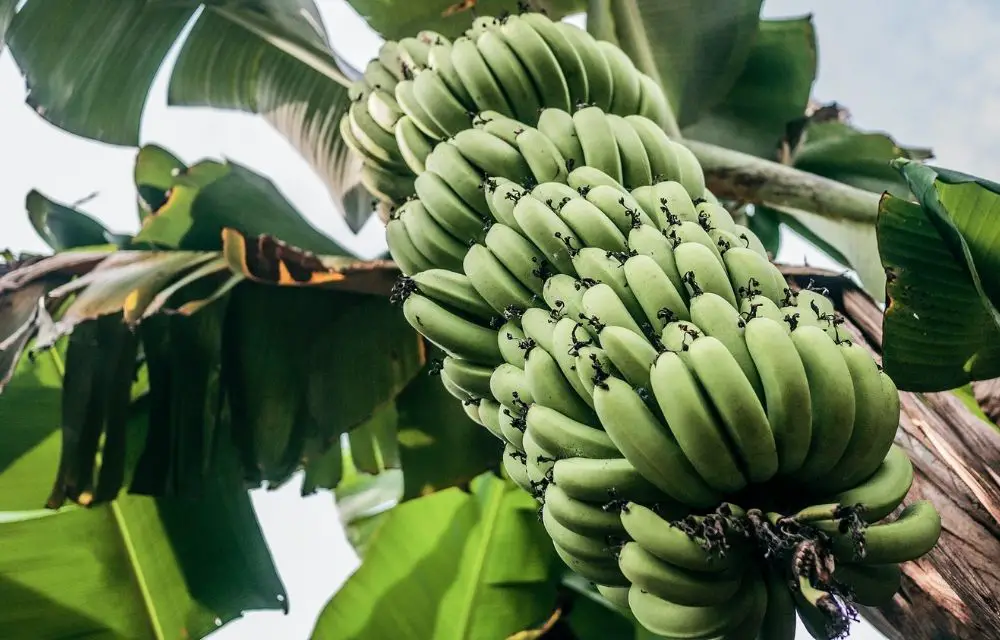
Best Banana Tree Fertilizer
Banana Fertilizer Fuel
The Banana Fertilizer Fuel is sold in one size (2 lb.) and can help you in achieving fertile conditions for your banana plant, even the containerized ones as well! During periods of growth, be sure to use a quarter or half a teaspoon of this fertilizer in a gallon of water every 1 to 2 weeks for containerized bananas or a complete teaspoon of it for the same period for bananas in the ground.
Customer reviews are promising and you might be able to reap its benefits as well. A high 80% of users who made this purchase gave it 5 stars! Numbers certainly don’t lie.
Banana Fertilizer – Fruit Fuel
A premium proprietary fertilizer for banana plants available in 1 size (5 lb.). This fertilizer is water-soluble and a general dosage sits somewhere around 1 tablespoon of fertilizer to 1 gallon of water for home and gardens.
The Banana Fertilizer – Fruit Fuel is an excellent choice for making your banana plant and fruits healthy! It is designed to help the fruition process of not only bananas, but citrus, peppers, melons, cucumbers, tomatoes and hardwoods as well. However, they are not ideal for huckleberries or blueberries.
The fertilizer is made up of a full-spectrum of required secondary macronutrients as well as meeting the standard phosphate requirements to encourage a higher quality of fruit and flower development.
The Banana Fertilizer – Fruit Fuel provides the banana plant with an adequate amount of potassium with a lowered nitrogen ratio to it, to help with that purpose as well.
Remember to dissolve it in water before application and be sure to read the user guide for help.
Dr. Earth Natural Wonder Fruit Tree Fertilizer
The Dr. Earth Natural Wonder Fruit Tree Fertilizer is currently sold in 3 sizes (1 lb./4 lb./10 lb.) and is definitely one of the best banana tree fertilizers you could consider buying.
It is people and pet-safe and it is non-GMO project verified. The product is certified organic and its 4 lb bag can feed a banana plant for up to 2 months. Dr. Earth Natural Wonder Fruit Tree Fertilizer is made in the U.S.A with sustainable ingredients.
A plus point of Dr. Earth Natural Wonder Fruit Tree Fertilizer is that it is not only made specifically for banana plants but it is versatile enough to be used to feed all fruit trees, berries and fruiting vines in both containers and in the ground.
Dr. Earth Natural Wonder Fruit Tree Fertilizer can be used during initial transplant or anytime of the year to feed actively growing trees.
EarthPods Premium Fruit & Citrus Plant Food
The design and packaging of the EarthPods Premium Fruit & Citrus Plant Food would definitely steal your attention away but the aesthetics of it aren’t their only flex.
EarthPods Premium Fruit & Citrus Plant Food is a fertilizer formulated to boost fruit production, flavor, bloom and root development for not only banana trees, but also lemon trees, lime trees and avocado trees as well.
It is sold in bags containing 100 pods of fertilizer to solve the dilemma of messy measuring systems. The EarthPods Premium Fruit & Citrus Plant Food is a premium fertilizer suitable for both indoor and outdoor gardening for many plants and trees including the banana tree.
Using this fertilizer is fast and easy. All you would need to do is to literally just push 1 of the EarthPods all the way inside the potting soil mix at the centre of the plant and then water regularly. These pods would disintegrate and then slow-release the nutrients directly into the root zone.
EarthPods Premium Fruit & Citrus Plant Food is made up of a proprietary formula designed to give superior results in fruiting and flowering, not to mention to adequately supply the plant with a variety of organic plant nutrients, trace minerals, soil life and humates.
This fertilizer is also eco-friendly and it is easily stored away on your counter. Remember to be a responsible gardener and recycle your empty pods!
EarthPods Premium Fruit & Citrus Plant Food company stands out to make environmentally-friendly products to reduce environmental impact.
Down to Earth Organic Fruit Tree Fertilizer Mix
Down to Earth Organic Fruit Tree Fertilizer Mix is sold in a 5 lb. pack fertilizer. It contains all-natural ingredients and is listed in the Organic Materials Review Institute (OMRI) for their use in organic production.
The fertilizer is specially designed to make delicious and nutrient-rich fruits. Down to Earth Organic Fruit Tree Fertilizer Mix helps the plant have adequate primary nutrients responsible for growth while also supplementing calcium for proper development of fruits.
Bananas aren’t the only ones that could benefit from the Down to Earth Organic Fruit Tree Fertilizer Mix. Use them together for apples, pears, plums, mangoes, pomegranates and all varieties of fruiting canes, shrubs and trees.
The Down to Earth Organic Fruit Tree Fertilizer Mix contains feather meal, fishbone meal, calcium carbonate, langbeinite, potassium sulphate, alfalfa meal and kelp meal.
Banana Tree Plant Care Guide
Soil
Banana plants thrive in organic soil, deep and rich with proper aeration and water drainage. They do prefer slightly acidic soils and they do have resistance towards the soil’s salt content.
Also, you may even consider mixing some compost into the soil for added benefits but remember to estimate well if you have enough space for the height and width of the banana plant species that you would be growing in it.
Light
Banana plants are tropical beings. They do well in full sunlight and oftentimes indoor banana plants would not bear fruit. 6 hours of direct sunlight would do a banana plant well.
However, it is important to know what your banana plant’s species is, as certain varieties can scorch easily in full sun. These varieties would prefer partial shade.
Watering
Originating from tropical rainforests, banana plants require a lot of water and plenty of humidity to thrive. When planted in clusters where each banana plant is fairly closer together, more moisture is retained in the leaves helping them to thrive better.
Be sure to water these banana plants regularly as it would help keep the soil moist without getting it too soggy. On the other end, overwatering may stimulate fungal spores to cause root rot.
Temperature
Like many other tropical plants, the banana plant also does well in warm conditions. But they do not thrive in heat or cold extremes, despite it being somewhat tolerant to both conditions.
Banana plants prefer a temperature ranging from 75 degrees Fahrenheit to 95 degrees Fahrenheit. Too cold or dry conditions will cause the banana plant to die.
Humidity
Banana plants do have a liking for humidity and too dry conditions may stunt its growth. Locate your banana plant in an area that favors these conditions. Alternatively, you can also mist the leaves of a banana plant to increase humidity.
Fertiliser
As aforementioned, banana plants feed a lot. Therefore, apply a well-balanced fertilizer regularly throughout its growing period. You may also add a portion of organic compost to the soil each year to raise the level of organic matter.
Pruning
In order to successfully prune banana plants, you would have to do it before it fruits to ensure that it only has one main stem. After a period of 6-8 months, leave the small shoot at the base and prune away the rest as this would be the plant to replace the current main stem, during the next season of growing.
You can cut the main stem down shorter to about 2 feet after the fruit has been harvested.
Banana Tree Fertilizer Propagation
There are various methods of propagating banana trees but a popular method to propagate them is through division. To do this, you will have to separate the small shoots from the horizontal underground stem using a spade.
Be sure that it is sharp and to wait until these small shoots are about 3 feet tall as it is then when they would possess their own root system.
After doing that, leave the surface of the rhizome to dry. This may take up to a 1 day in which the plant would be ready for the propagation process.
Repotting
During the end of propagating banana plants, you would be repotting them from containers to bigger ones that are at least 15 gallons. Alternatively, you could also re-pot them into the ground. Make sure to have a pot with proper drainage. Use high quality potting mix with it.
Keep in mind that potted banana plants would require more frequent watering and would have heavier feeding needs. On the negative side, these plants do not bear fruit most of the time and are comparatively smaller to banana plants planted in the ground.
Repotting might be necessary for banana plants every three years.
Plant Disease
Gardeners who decide to grow banana plants have to be wary of the most common pests and diseases faced by banana plants.
Watch out for aphids as they can cause the foliage to deform while also carrying risks of transmitting other diseases. One of the most common pests that bananas run into is the nematodes. These can cause plant and fruit rot.
Sap-sucking insects and scarring beetles can invade the fruits but can be eliminated with careful use of pesticides.
As to the topic of plant diseases and bananas, they are definitely prone to many but can be countered well with an adequate supply of fungicides and pesticides.
Banana Tree Varieties
Banana plants come in many different varieties and as I am certain you know, you could find multiple types of bananas even at your nearest grocery store sometimes.
Selecting a breed that can live in the right conditions that you can provide can result in a healthy plant with a high quality of fruit production.
There are over 25 types of banana plant varieties that deserve a write up on its own. These are the different types of banana plants.
- Plantain
- Hardy banana
- Blue Java banana
- Cavendish banana
- Musa Acuminata
- Musa Balbisiana
- Musa Velutina
- Red banana
- Musa Ornata
- Musa Sapientum
- Musa Sikkimensis
- Abaca
- Saba banana
- Lady Finger banana
- Musa Hirta
- Pisang Awak
- Scarlet banana
- Goldfinger banana
- Musa Troglodytarum
- Musa Nagasium
- Musa Yunnanensis
- Musa Ochracea
- Musa Muluensis
- Musa Arunachalensis
- Musa Maclayi
Banana Tree’s Variegated
Sometimes, gardeners and banana plant owners would own variegated banana plants that display different colours running through as streaks on their leaves. These are usually used for ornamental purposes as well.
Variegated banana plants often come in many colours and sizes. Some are green and white while others are green and purple.
Common Issues with Banana Tree
One of the many issues that come from caring for a banana plant is its reaction to cold extremes. This is because extremely cold temperatures can damage the dieback of the crown. Extreme heat resulting in the lack of humidity can also cause leaves to shed.
Another major issue to look out for is pest attacks. There are quite a number of insects that invade banana crops. Nematodes cause rotting of the corms and they also aid fungus to spread. Insecticides are effective against them when used properly.
Weevils also infect banana plants as they attack and deteriorate the base of the pseudostem causing sap to ooze out. Thrips stain the peel and cause the flesh to be exposed. This eventually causes the fruit to rot.
Tips for Keeping Banana Tree Happy
As to how to keep your banana plant happy? Firstly, know your banana plant species and its specific requirements. Provide the appropriate soil, water, light, location and temperature for it to thrive on.
Expect pests. Prepare to encounter them with appropriate and adequate use of insecticides. Prune regularly to ensure another cycle of growth and keep them well-fed with all the nutrients they need.
Keep your banana plants happy by keeping them away from strong winds, extreme temperatures, and being underwatered.
Banana Tree Fertilizer Frequently Asked Questions
What is the best fertilizer for a banana tree?
A fertilizer well balanced with optimum levels of nitrogen, phosphorus and potassium.
When should I fertilize my banana tree?
Opt to use sufficient fertilizers on banana plants during planting or during its growing season.
What do I feed my banana plant?
A quarter to half pound of fertilizer per month may be suitable for young banana plants.
Is Epsom salt good for banana trees?
Yes. Epsom salt is also known as magnesium sulfate. A nutrient that can be very beneficial in helping the banana plant grow.
Is cow manure good for banana trees?
Yes. Cow manure would be an excellent choice of a natural source of nutrients for banana plants.
Are coffee grounds good for banana plants?
Coffee grounds are a good source of nitrogen for banana plants. You can add them directly to the soil. Since coffee grounds are neutral in their pH values, they would not even affect soil acidity.
You can use them by spreading the used coffee ground around the base of your banana tree and follow it by watering regularly. Alternatively, you can also water the banana tree with coffee-infused water left overnight.
Conclusion
Hey! You made it till the end. So why did the banana go to the doctor? Well, the banana wasn’t peeling well.
I don’t know if the joke was worth it but I’m sure that this post is, so I hope that you remember to keep this article handy when you’re on your way to get yourself a banana tree fertilizer and I wish you all the best in planting them!
Be sure to check out this related article if you’ve liked this one!


